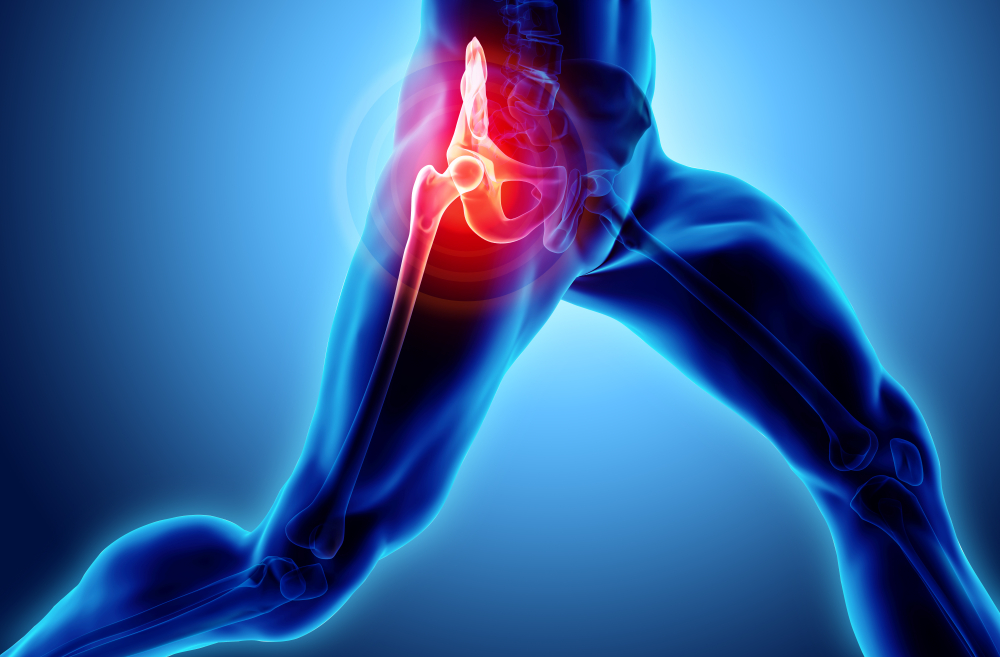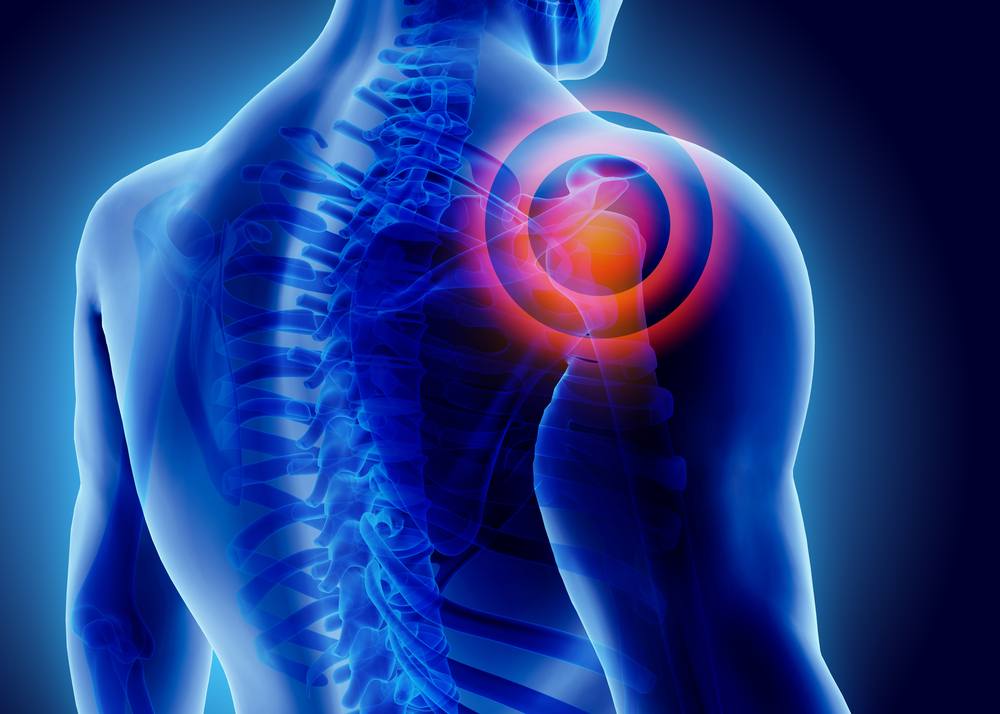Exposure to secondhand smoke (SHS), a major indoor air pollutant, is linked to increased cardiovascular morbidity and mortality, including cardiac arrhythmias. However, the mechanisms underlying the epidemiological findings are not well understood. Impaired cardiac autonomic function, indexed by reduced heart rate variability (HRV), may represent an underlying cause. The present study takes advantage of well-defined short-term SHS exposure (3 days, 6 h/day) on HRV and the susceptibility to arrhythmia in mice. With the use of electrocardiograph telemetry recordings in conscious mice, HRV parameters in the time domain were measured during the night after each day of exposure and 24 h after 3 days of exposure to either SHS or filtered air. The susceptibility to arrhythmia was determined after 3 days of exposure. Exposure to a low concentration of SHS [total suspended particle (TSP), 2.4 ± 3.2; and nicotine, 0.3 ± 0.1 mg/m3] had no significant effect on HRV parameters. In contrast, the exposure to a higher but still environmentally relevant concentration of SHS (TSP, 30 ± 1; and nicotine, 5 ± 1 mg/m3) significantly reduced HRV starting after the first day of exposure and continuing 24 h after the last day of exposure. Moreover, the exposed mice showed a significant increase in ventricular arrhythmia susceptibility and atrioventricular block. The data suggest that SHS exposure decreased HRV beyond the exposure period and was associated with an increase in arrhythmia susceptibility. The data provide insights into possible mechanisms underlying documented increases in cardiovascular morbidity and mortality in humans exposed to SHS.


